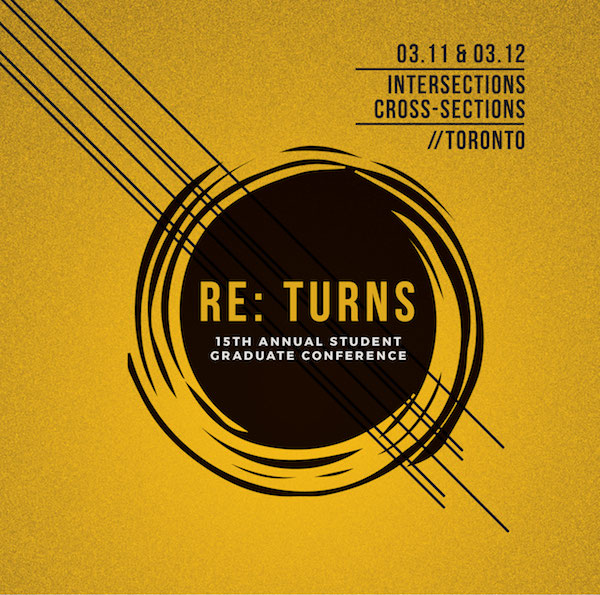What Fighting Back Feels Like: Affect, Aesthetics, and Protest in 2012 Québec
DOI:
https://doi.org/10.25071/1718-4657.36772Abstract
This paper attempts to understand the relationship between aesthetics and politics, specifically as it pertains to the phenomenon of red square graffiti during the 2012 Québec Spring movement. e red square is an ideal example of affective responses to political art because it shows the tight interrelation of three concepts: politics, aesthetics, and affect. Affect theory argues that politics and aesthetics work together in a mutually reciprocal relationship to build and sustain affects of resistance. is is due to the nature of political art, in that this small graffiti intervenes in the public sphere in non-authorized ways which reveal a desire for politics outside of the sharply defined public sphere of electoral politics. The implication is of the need for openness to the affective force of politics and aesthetics, a fidelity to the potential of resistance.

